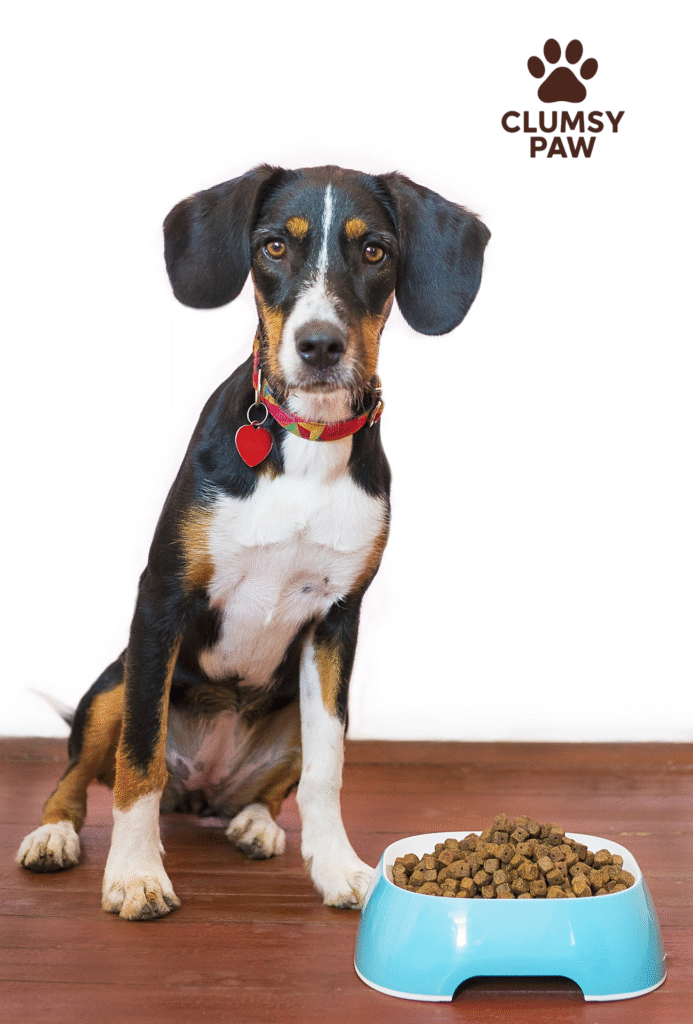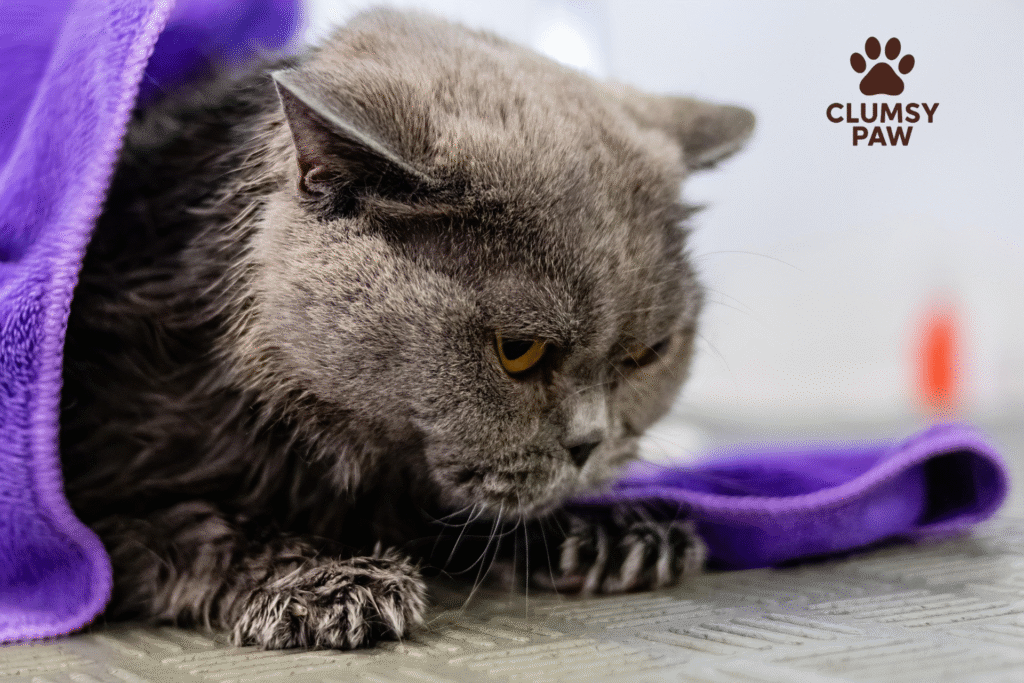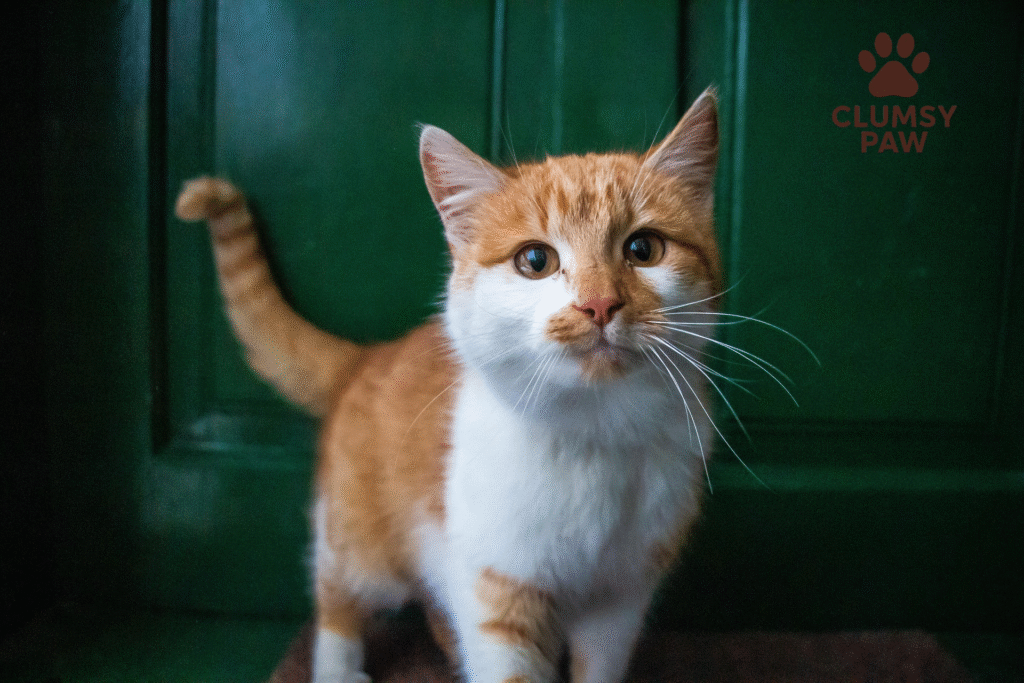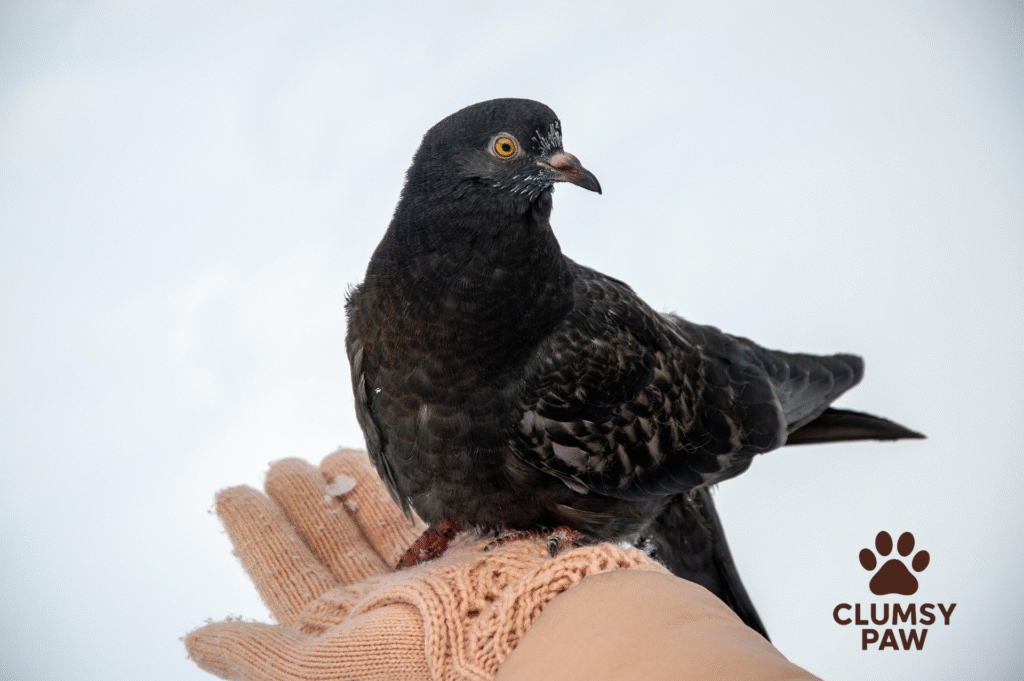As awareness around eco-friendly living continues to grow, many pet parents across the United States are looking for ways to make their daily routines more sustainable. Pets bring unconditional love, laughter, and joy into our lives — but caring for them also comes with environmental responsibilities. From food packaging and grooming products to plastic toys and waste bags, pet care can generate more waste than many of us realize.
Making your pet-care routine more sustainable does not mean compromising your pet’s comfort or health. Instead, it’s about making thoughtful choices that benefit your furry friend and the planet. Every small change adds up, whether you’re swapping out daily essentials, choosing support-local brands, or reducing single-use plastics. Sustainability is a lifestyle, and you and your pet can enjoy it together.
This guide explores ten simple, practical, and effective ways to go green in your day-to-day pet routine — without sacrificing convenience or quality. By making smart, mindful decisions, you can reduce your pet’s carbon pawprint and inspire others in your community to do the same.

1. Choose Natural and Sustainable Pet Products
One of the easiest ways to make your pet care routine eco-friendly is by selecting products made from natural, biodegradable, or recycled ingredients. Many traditional pet products — shampoos, grooming sprays, bedding, and toys — contain chemicals or plastic components that harm the environment.
Look for pet shampoos made with organic or plant-based ingredients, reusable grooming tools, and eco-friendly cleaning supplies. Consider pet beds and blankets made from recycled fibers or breathable natural fabrics like cotton, hemp, or bamboo. Sustainable brands often use recyclable packaging, making the entire experience greener from start to finish.
Pet dental chews, wipes, and cleaning sprays also come in natural alternatives these days. Over time, these small choices create a safer home, reduce chemical exposure, and help minimize landfill waste.

2. Switch to Eco-Friendly Pet Food and Treat Options
Food is one of the biggest areas where pet owners can make greener choices. Many commercial pet foods come in heavy packaging and contain ingredients sourced in ways that strain the environment. Choosing sustainable pet food means supporting companies that prioritize ethical sourcing, transparency, recyclable packaging, and wholesome nutrition.
Some pet parents opt for brands that use human-grade ingredients, responsibly raised meats, or plant-based proteins. Others explore sustainable alternatives like insect-based protein dog treats, which use significantly less water and land to produce. If you prefer fresh food diets, choose brands that offer recyclable packaging or explore home-cooked pet meals with guidance from your veterinarian.
Always transition slowly when changing food. While sustainability matters, your pet’s nutritional balance and digestive comfort come first.

3. Reduce Single-Use Plastics in Daily Pet Care
Just like in our daily human routines, single-use plastics often sneak into pet care. Plastic waste bags, treat bags, food packaging, and disposable toys add up quickly. Consider replacing them with compostable poop bags, refillable food containers, and durable treat tins.
When buying supplies, look for bulk options or brands that offer recyclable packaging and refill stations. Store treats and dry food in glass jars or stainless steel containers instead of plastic tubs. Hydration is also key — choose a stainless steel or ceramic water bowl rather than plastic. These options not only last longer but also protect your pet from potential chemical exposure.

4. Choose Sustainable Toys and Accessories
Pet toys are fun, but many traditional toys are designed to be thrown away once they’re chewed up or broken. They often contain synthetic fibers or chemicals and end up in landfills. A more sustainable approach is choosing toys made from natural fibers like jute, hemp, recycled rubber, or organic cotton. Brands now offer rope toys, durable food-puzzle toys, and stuffed toys made from recycled materials.
Leashes, harnesses, and collars are also available in eco-friendly options made from recycled water bottles, plant-based fibers, or vegan leather. Instead of replacing accessories frequently, select high-quality, long-lasting items that withstand wear and tear. This reduces waste and saves money in the long run.

5. Practice Responsible Waste Disposal
Waste management is a necessary part of pet ownership. However, it can be done in a planet-friendly way. Instead of standard plastic waste bags, choose compostable or biodegradable alternatives. If you live in a community with pet waste composting programs, utilize them. For backyard pet parents, there are safe pet waste compost solutions designed specifically for dog waste.
Cat parents can make sustainable shifts too. Avoid clay-based litter, which is often mined from the earth. Switch to eco-friendly litter made from recycled paper, walnut shells, pine, or wheat. These litters are biodegradable, low in dust, and safer for respiratory health.
Responsible disposal not only reduces environmental impact but keeps your community clean and safe.

6. Adopt Instead of Shopping — and Support Rescue Organizations
One of the most impactful ways to support sustainability in the pet world is by choosing adoption. Millions of dogs, cats, and small animals in shelters across the US are looking for loving homes. Adopting prevents overbreeding, reduces strain on rescue systems, and gives an animal a second chance.
If you’re not ready to adopt, consider fostering. Fostering helps shelters reduce overcrowding and provides pets with temporary care until they find their forever families. Supporting rescues through donations, volunteering, or sharing adoptable animals online also promotes a compassionate and sustainable pet community.
7. Prioritize Preventive Health Care
Sustainability also means reducing unnecessary waste and medical consumption. Preventive pet care plays a significant role here. Regular grooming, healthy diet, exercise, and routine vet check-ups help prevent illness, reducing emergency visits and medication use. Choosing natural flea and tick solutions — when appropriate — also supports your eco-friendly efforts.
Vaccinations, parasite prevention, and dental hygiene keep pets healthier, which reduces long-term environmental and financial impacts associated with chronic illness. A healthy pet leaves a smaller carbon pawprint — it’s as simple as that.

8. Make DIY Treats, Toys, and Grooming Supplies
Creating your own pet treats, toys, and grooming products can be fun, cost-effective, and eco-friendly. Many household materials can be repurposed into engaging toys like braided fabric ropes, treat puzzles from cardboard tubes, or snuffle toys using leftover fabric. DIY pet beds stuffed with old pillows or blankets are sustainable and personal.
Homemade treats using ingredients like pumpkin, peanut butter, oats, and fresh produce are simple and nutritious. If you enjoy natural wellness, you can research safe homemade grooming sprays or paw balms — always ensure ingredients are pet-safe and vet-approved.
Reducing purchases and reusing materials supports a zero-waste lifestyle while adding a personal touch to your pet care routine.

9. Walk More, Drive Less — and Choose Local
Transportation plays a huge role in carbon emissions. Instead of driving long distances for grooming, vet visits, or shopping, choose local services when possible. Walking to your neighborhood pet store or park gives your pet exercise and reduces your carbon footprint.
Whenever possible, take nature walks, bike to pet-friendly shops, or visit local farmer’s markets offering pet-safe snacks. Supporting local small pet-businesses — groomers, trainers, bakeries, and supply stores — reduces shipping emissions and strengthens your community’s pet economy.
For online orders, combine purchases to minimize packaging and carbon emissions.

10. Donate, Recycle, and Reuse Pet Supplies
Instead of tossing out old supplies, consider ways to donate or reuse them. Shelters and rescues often accept gently used bowls, blankets, beds, toys, and crates. Many animal charities also accept leashes, grooming tools, harnesses, and unopened food donations.
Repurpose old towels into grooming cloths. Convert food cans into storage for treats or supplies. Use old T-shirts to craft braided toys or washable bedding. Look for recycling programs that accept pet packaging, aluminum cans, or cardboard boxes.
By extending the life cycle of pet products, you reduce landfill waste and help pets in need along the way.

Why Sustainability in Pet Care Matters
Sustainable pet care is about balance — caring for the earth while caring for your beloved animal. With millions of pets across the United States, small changes made by many pet parents create a massive ripple effect. Eco-friendly routines protect wildlife, reduce pollution, conserve resources, and promote a healthier world for future generations — including our pets.
Sustainability isn’t about perfection. It’s about progress, awareness, and compassion.

Final Thoughts
Building a sustainable pet care routine doesn’t require drastic lifestyle changes. It’s about thoughtful adjustments — choosing eco-friendly products, reducing waste, supporting ethical brands, adopting from shelters, and prioritizing your pet’s health. Each conscious choice is a step toward a cleaner, kinder, greener world.
Your pet relies on you for love, protection, and care. And together, you can make a meaningful impact on the environment. Whether you start with biodegradable waste bags, natural grooming products, or sustainable food choices, every effort counts.
By embracing eco-friendly pet care, you’re not just caring for your animal — you’re caring for the planet th



